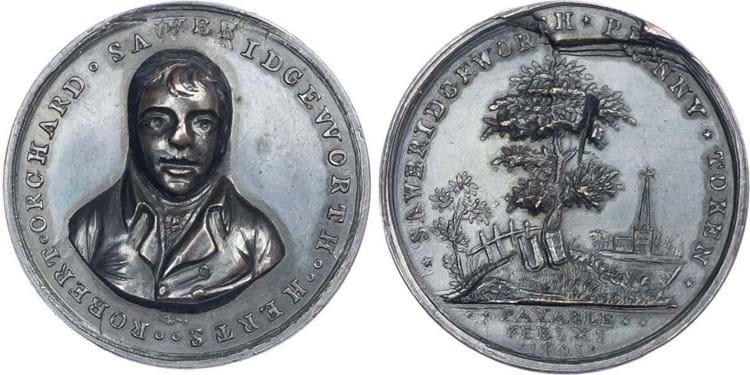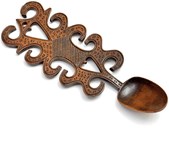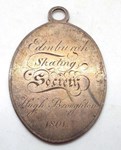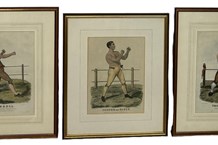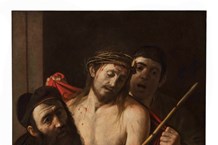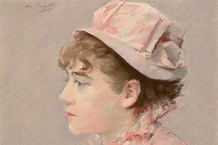Twenty years or so elapsed before the collection was re-started when Deane was given the opportunity to acquire pieces from the celebrated Victorian collection of Francis Cokayne – including those from several cabinets that were ‘lost’ and unaccounted for since the 1940s.
Now numbering around 2500 items, it will be sold in two or three parts by Baldwin’s (20% buyer’s premium) in London – the first tranche was offered on October 5.
Coin substitute
The first 18th century tokens were issued in the British Isles at a time when there was little official copper small change in circulation to cover life’s small transactions. Copying the regal issue would be deemed ‘counterfeiting’ so instead in 1788 an Anglesey copper mine hit on the idea of making similar weight ‘tokens’ that could be redeemable in the official coin.
This collection possessed many examples including some of the die trials for the Parys Mine Company token – which would have been made for the owners to approve before general production. A uniface penny, showing only the cowled head of a druid, sold for £3500 against an estimate of £800-1200 while a halfpenny ‘mule’ token featuring heads to both sides, guided at £1500-2000, took £5000.
Sawbridgeworth Penny
Deane had been fortunate to buy a Sawbridgeworth Penny, struck by grocer and tea merchant Robert Orchard in 1801, from the Baldwin Basement Collection, for half what he was expecting to pay.
This piece, with Orchard’s portrait on the obverse and a view of the Hertfordshire town to the reverse, is one of just five in existence. The dies were so deeply engraved that they broke quickly under the extra pressure needed to make the strike.
One of the known examples holds the record price for any tradesman’s token sold at auction. A Sawbridgeworth Penny sold for a mighty £145 at Glendinings in 1923 while another in the Noble collection auctioned in Melbourne in July 1988 sold for a remarkable Aus$60,000.
The token in the Deane collection, which survives essentially as struck, was offered an estimate of £5000-7000 and sold at £12,000.


